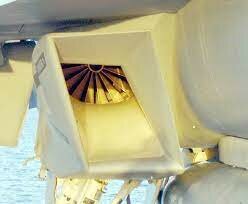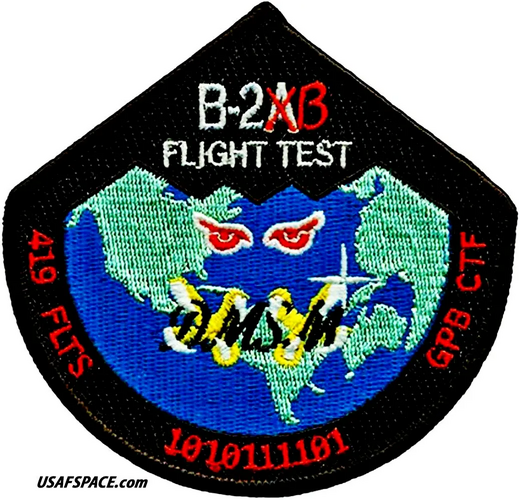zevets
I really should change my personal text
- Joined
- 16 October 2015
- Messages
- 117
- Reaction score
- 134
everybody but the folks on pad alert is ngmi. bombers are only remotely close to survivable once in the air or heavily dispersed.Can't start the engines in hangar, gotta get towed out.
That is not conducive to getting your plane off the ground in a hurry in case of "launch detected"
outside of people on runway alert, nobody is getting off the ground in a hurry with any weapons in those situations, and you'll run out of fuel before they can clear the runway.
a b-52 pilot told me it took them hours to get one loaded for a run over iraq, and they had no limit to contractor support for doodads to make things go faster












